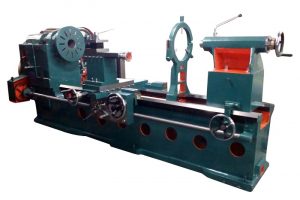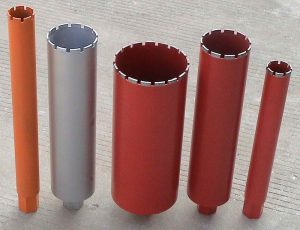4 Tips to Using A Miter Saw

If you own a workshop where you deal with woodwork or you like to work on DIY projects on a personal level, then a miter saw is one very important tool that you must have with you. It simplifies your work in terms of allowing you to make different angle cuts quick and easy.
To enlighten you more, here are 4 tips to using a miter saw:
#1. Avoid Crossing Your Arms While Using A Miter Saw
Most miter saws have been designed to be used by right-handed people owing to the fact that the saw is operated by the right hand while the material is secured down by the left hand. There are instances however where the material will require that it be held down on the blade’s right side.
In such instances, you may be tempted to use your right hand to operate the saw. This will place your left hand in front of the blade’s path which is quite dangerous. It is highly advisable that you use your left hand in such a situation to operate the saw while your right hand holds down the material.
#2. Channel the Miter Saw Dust to The Ground
Controlling the dust produced by the miter saw can be a strenuous process. Collection bags are not all that helpful. Dust will still fly off even when you connect a vacuum to it. A good solution to this problem would be to replace the collection bag with an ABS plumbing elbow by fitting it on the dust chute.
It will help to channel the sawdust down to the floor rather than having it fly all over the room. Dust chutes come are in different sizes. Ensure that you get the right sized plumbing elbow that will fit well.
#3. Hold the Miter Saw from The Base When Carrying It
A miter saw is heavy and can be a bit difficult to carry around. Some miter saws have been fitted with handles which allow you to carry them like suitcases. It’s however not advisable to carry them this way because the handles may come off and the saw may fall to the ground.
A proper way to carry the saw is from the base. It puts less pressure on your back. It also makes it easier for you to go through doors without hitting the door trims.
#4. Screw in Guides On The Miter Saw Base
Screwing in temporary guides on a miter saw simplifies the process of making crown molding cuts. The screws can be difficult to install at times owing to the irregular shape of most miter saw bases. These clamps may become an obstruction when you’re shifting the angle of the cut you’re making.
This, however, should not discourage you from screwing down guides to the saw base. As you set up the screws, ensure that the stoppers won’t be a hindrance when you’re changing angles.
If you intend to cut the guide in half, a good approach will be to install several screws on every side then save the guides. This way you’ll be able to use those same screw holes in future.
Conclusion
So, there you have it. These 4 tips will guide you as you use a miter saw. Do you already have a miter saw? If not then you need to get one. We recommend that you buy it from the mitersawjudge.com.




